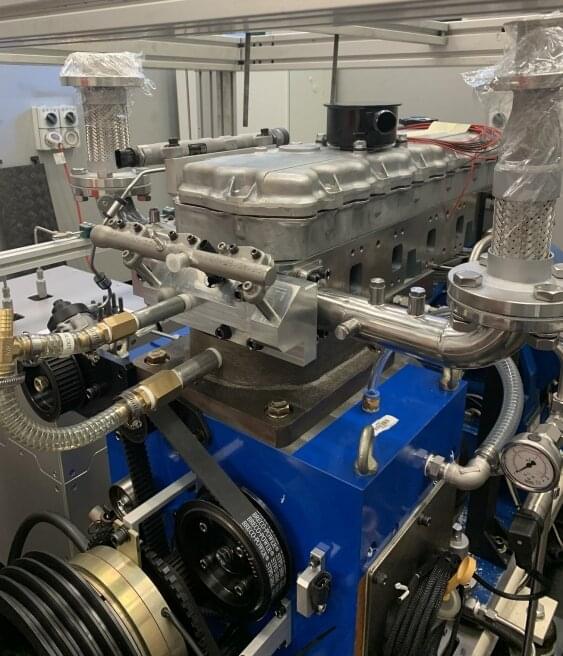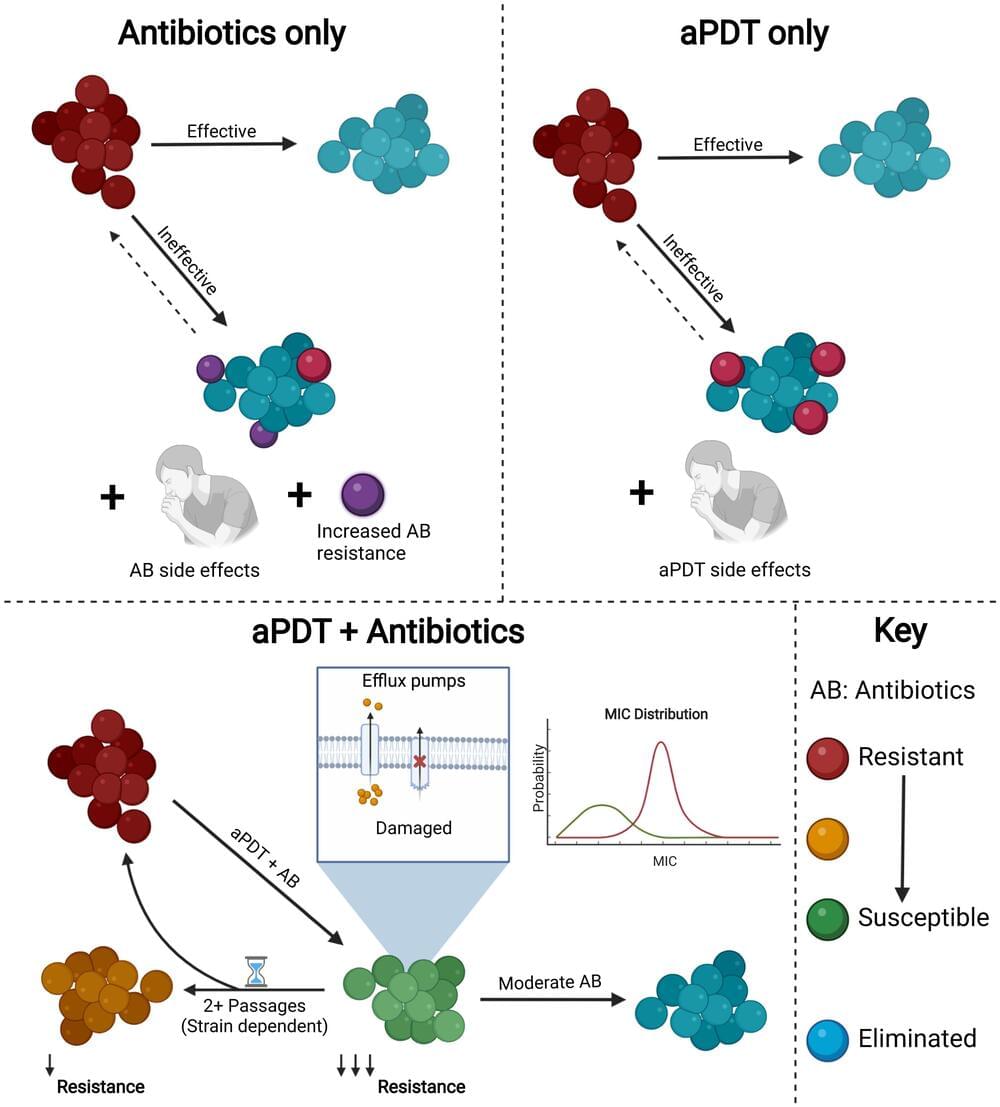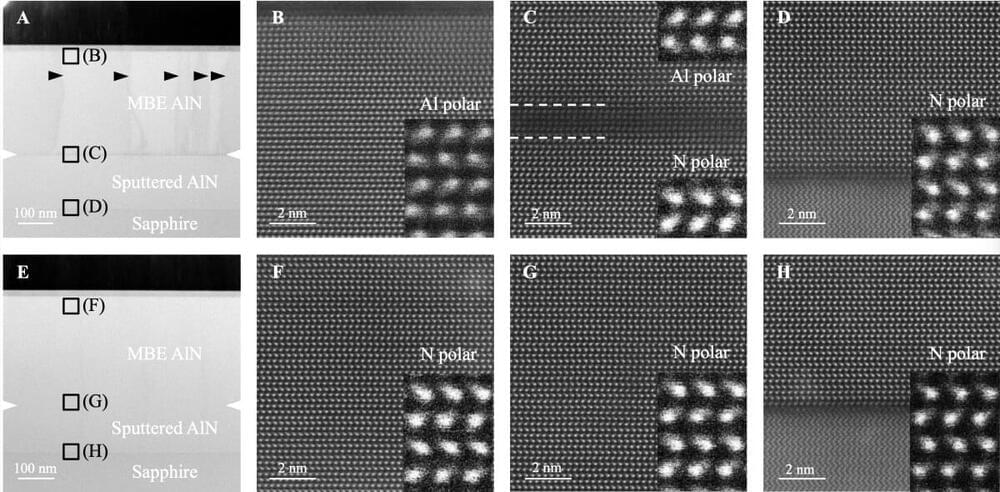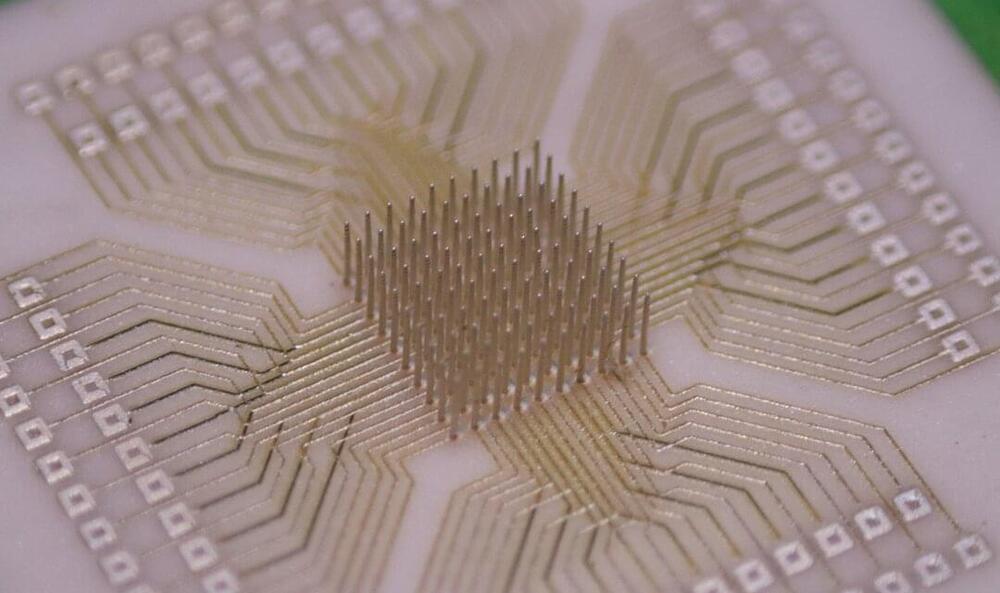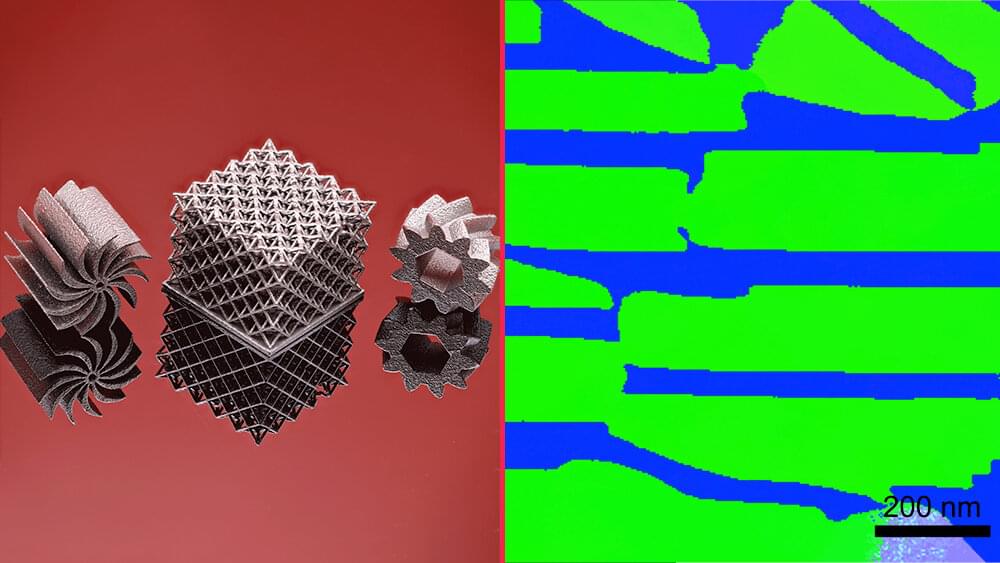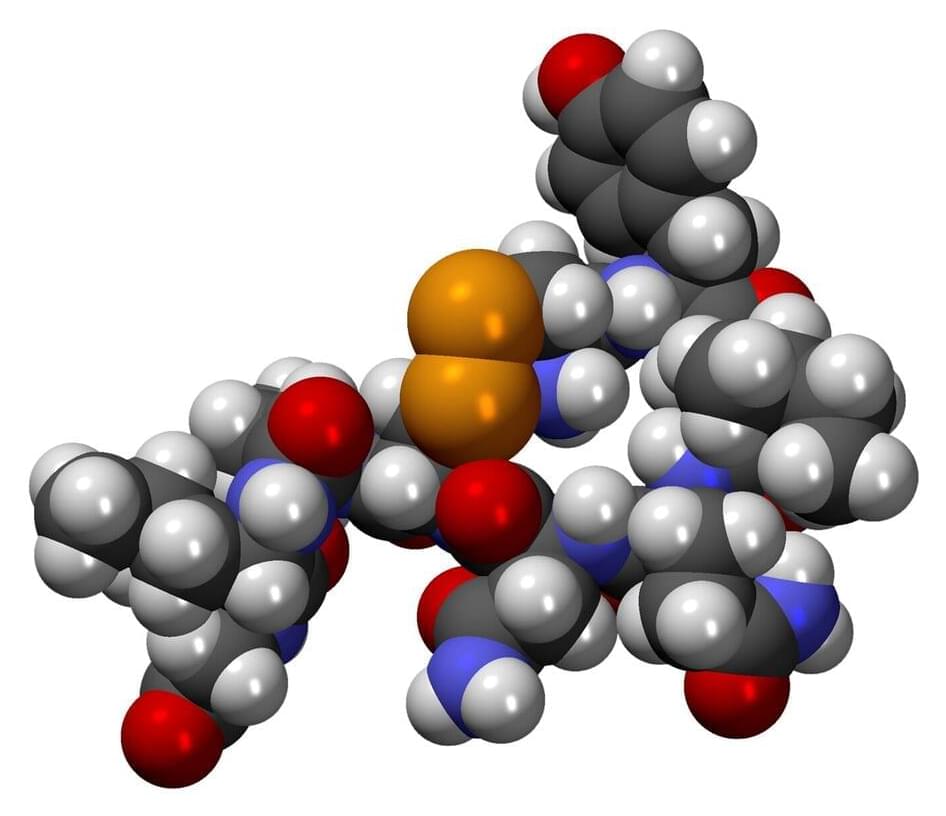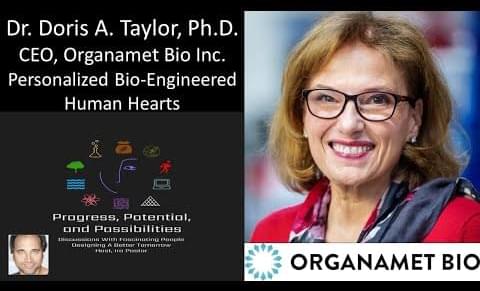Oct 11, 2022
Aram Kradjian — Director, Research & Innovation, Jaguar Land Rover — Reimagining Future Of Mobility
Posted by Ira S. Pastor in categories: engineering, government
Is Director, Research & Innovation, at Jaguar Land Rover (https://www.jaguarlandrover.com/innovation), where he is focused on heading the global research department, spearheading cutting edge research (collaborating with the tech industry, government, regulators and academia), as well as product design, innovation, and strategy, helping to drive the latest technologies and innovations into their products and services.
Aram also serves as a Visiting Professor in Technology Innovation at King’s College London.

